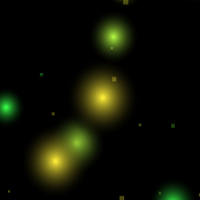Simulation Games
Game of Life
Link to Game of LifeThis is an implementation of John Conway's Game of Life. Nothing too crazy about it.
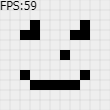
Boids
Link to BoidsBoids were my way of first testing the planes for my friend's simulation, since I wanted a way to see how planes could find each other and communicate to fly in formation. Eventually I developed this into a stand alone version, and began implementing several features into it.
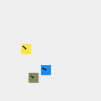
Langton's Ant
Link to Langton's AntLangton's ant is an example of a "turmite" and was made after going down a rabbit hole of simple cellular automaton. It makes decisions based on the square its on.
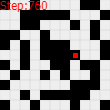
Neural Cellular Automata
Link to Cellular AutomataThis is my implementation of the site neuralpatterns.io. I wanted to understand better how it worked, and was able to figure it out. The performance is not very good, mainly because it uses pure Javascript.
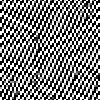
Starfield Visualizer
Link to StarfieldWhile working on a simulation for gravity I got side tracked with other space simulations while researching orbits. I decided to make this simulation to practice more with trig functions, since those are common in 2D physics engines. The result was a Windows screen saver starfield. Up and Down arrow keys control the speed at which stars move.

Gravity Simulation
Link to Gravity SimInspired by the Dan-Ball planet simulation, I tried making my own. It was more for practice than anything, and there is still much to learn, but it can be improved on and used in other projects.
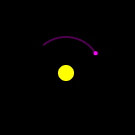
Ball Toss
Link to Ball TossThis simulation shows balls bouncing around with gravity pulling them down. It is a simple simulations that doesn't do much other than show how balls will react when colliding.

Fireflies
Link to FirefliesDuring the weekend I looked outside and noticed that fireflies had returned. I thought about how they light up based on others in the area and decided to try implementing it. Up and Down arrow keys will speed up and slow down time, while Left and Right arrow keys will spawn or despawn fireflies.
